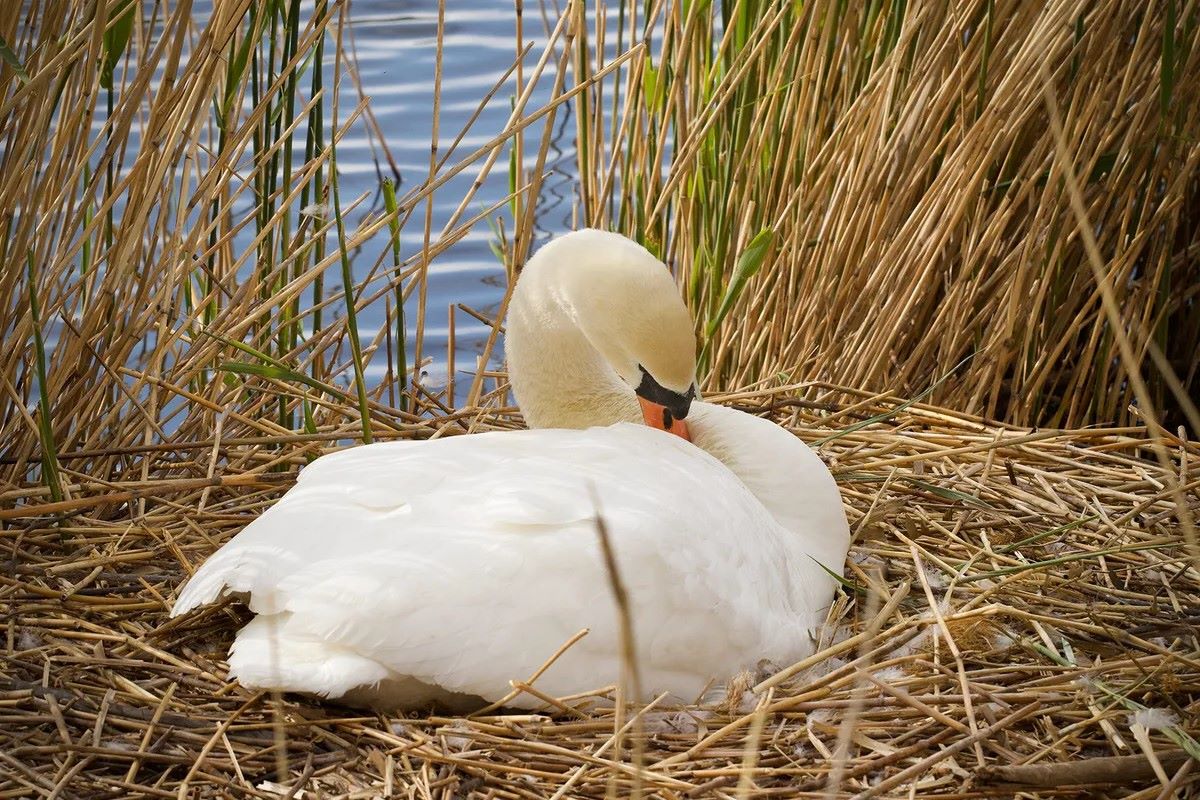
Nesting dolls, also known as Matryoshka dolls, are a delightful symbol of Russian culture. These wooden figures, each smaller than the last, fit snugly inside one another, creating a charming family of dolls. But have you ever wondered about their origins or the craftsmanship behind them? Nesting dolls are more than just toys; they represent a rich history and intricate artistry. From their creation in the late 19th century to their status as beloved collectibles today, these dolls have fascinating stories to tell. Let's dive into 29 intriguing facts about these captivating creations, revealing their cultural significance, unique designs, and the meticulous process that brings them to life.
Key Takeaways:
- Animals use various materials and locations to build nests, showing incredible adaptability and creativity in ensuring the safety and survival of their offspring.
- Human activities, such as deforestation and pollution, can have a significant impact on nesting behaviors and success rates of animals, highlighting the importance of conservation efforts.
What is Nesting?
Nesting is a fascinating behavior observed in many animal species. It involves creating a safe and comfortable space for raising offspring. Let's dive into some intriguing facts about nesting.
-
Birds are the most well-known nest builders. They use twigs, leaves, and even human-made materials to construct their nests.
-
Some fish, like the stickleback, build nests underwater using plant material and sand.
-
Mammals, such as squirrels, create nests called dreys in trees using leaves and twigs.
-
Certain reptiles, like sea turtles, dig nests in the sand to lay their eggs.
-
Insects, including bees and ants, build intricate nests to house their colonies.
Unique Nesting Materials
Animals often use surprising materials to build their nests. These materials can vary widely depending on the species and environment.
-
Weaver birds use grass and leaves to weave complex hanging nests.
-
Bald eagles build massive nests, sometimes weighing over a ton, using sticks and branches.
-
Some birds, like the bowerbird, decorate their nests with colorful objects to attract mates.
-
Swallows use mud to construct their nests on vertical surfaces like cliffs and buildings.
-
Certain wasps use chewed wood fibers to create paper-like nests.
Nesting Locations
The location of a nest is crucial for the safety and survival of the offspring. Different species choose different nesting sites based on their needs.
-
Penguins build nests out of stones on rocky shores to protect their eggs from the cold ground.
-
Tree frogs lay their eggs on leaves overhanging water, so the tadpoles can drop into the water when they hatch.
-
Some birds, like the woodpecker, excavate holes in trees to create their nests.
-
Ground-nesting birds, such as plovers, lay their eggs directly on the ground, often camouflaging them with surrounding materials.
-
Sea turtles return to the same beach where they were born to lay their eggs.
Nesting Behaviors
Nesting behaviors can be quite complex and are often adapted to ensure the survival of the young.
-
Male stickleback fish build and guard nests, fanning the eggs with their fins to provide oxygen.
-
Female alligators build nests out of vegetation and guard them fiercely until the eggs hatch.
-
Some bird species, like the cuckoo, lay their eggs in the nests of other birds, leaving the host species to raise their young.
-
Prairie dogs dig elaborate burrow systems with multiple chambers for nesting and protection.
-
Honeybees create hexagonal cells in their hives to store honey and raise their young.
Nesting and Climate
Climate and environment play a significant role in how and where animals build their nests.
-
Arctic terns migrate thousands of miles to nest in the Arctic during the summer months.
-
Desert-dwelling birds, like the cactus wren, build nests in cacti to stay cool and protect from predators.
-
Some amphibians, like the red-eyed tree frog, lay their eggs on leaves above water to avoid aquatic predators.
-
Polar bears dig dens in the snow to give birth and protect their cubs from the harsh winter conditions.
-
Certain bird species, like the swift, build nests in caves to avoid extreme weather.
Human Impact on Nesting
Human activities can significantly impact nesting behaviors and success rates of various species.
-
Deforestation can destroy nesting sites for many bird and mammal species.
-
Pollution, especially plastic waste, can be mistaken for nesting materials, harming animals.
-
Urbanization can lead to habitat loss, forcing animals to nest in less ideal locations.
-
Conservation efforts, such as creating artificial nesting sites, can help support endangered species.
Final Nesting Doll Tidbits
Nesting dolls, or Matryoshka dolls, aren't just toys. They symbolize family, culture, and history. Originating in Russia, these dolls have become a global icon. Each set tells a story, often reflecting Russian folklore or significant events. The craftsmanship behind them is impressive, with artists paying close attention to detail.
Collectors and enthusiasts value these dolls for their artistic and cultural significance. Whether you're a seasoned collector or just curious, there's always something new to learn about these fascinating creations. From their intricate designs to their rich history, nesting dolls continue to captivate people worldwide.
Next time you see a set, take a moment to appreciate the artistry and tradition they represent. They’re more than just dolls; they’re a piece of history.
Frequently Asked Questions
Was this page helpful?
Our commitment to delivering trustworthy and engaging content is at the heart of what we do. Each fact on our site is contributed by real users like you, bringing a wealth of diverse insights and information. To ensure the highest standards of accuracy and reliability, our dedicated editors meticulously review each submission. This process guarantees that the facts we share are not only fascinating but also credible. Trust in our commitment to quality and authenticity as you explore and learn with us.


